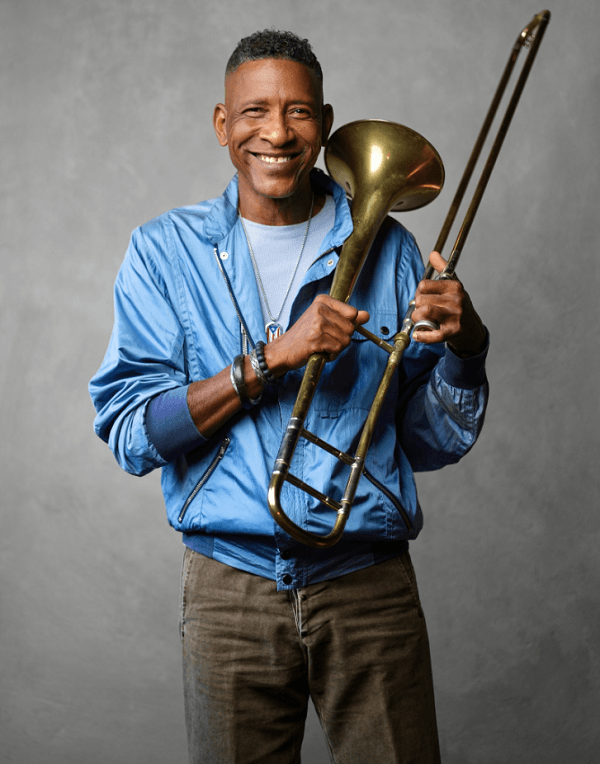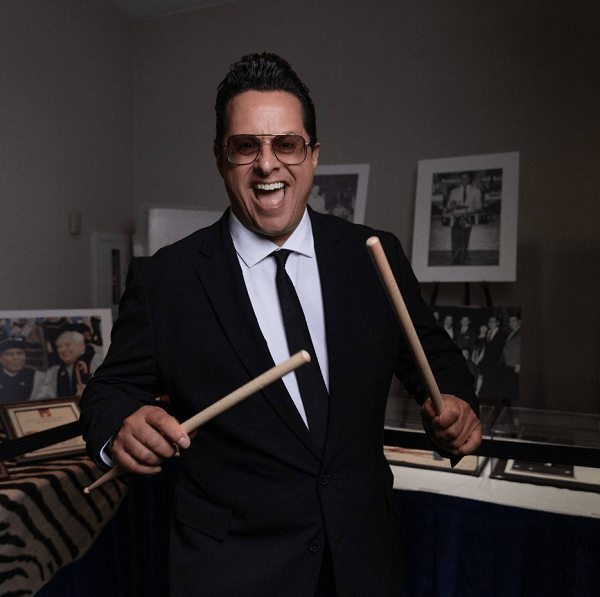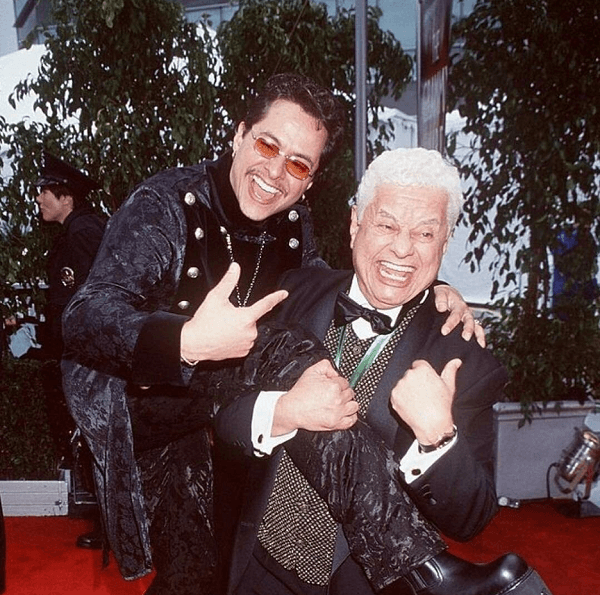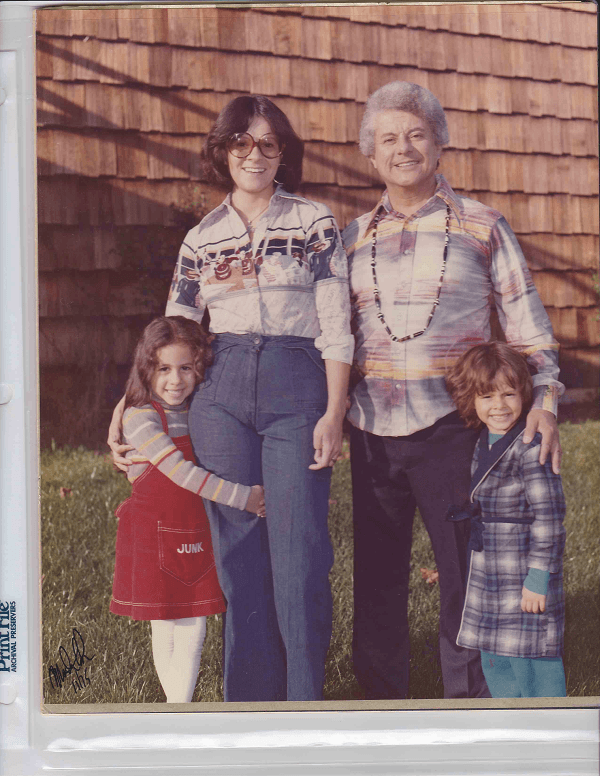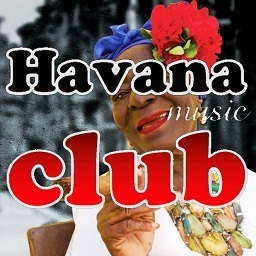Get ready to celebrate another Christmas with Billo’s
Celebrating Christmas with Billo’s has been for a long time part of the Venezuelans traditions, and fans around the world. This year, to the surprise of many, it won’t be the exception. Thanks to the project carried out by several recognized latin singers, who participate with so much love and fondness, we can enjoy a legacy of good music.
JN Music Group, a record company that support latinamerican talents, reaches a higher level. On this occasion it does with “Legendarios”, an album that commemorates the band’s career and master Luis María Frometa.
Few days ago it was released another production from this album: “Tu Amor Para Navidad”. The single is interpreted by Billo’s Orchestra, which right now are under the baton of Frometa’s son Adrian Frometa, and are settled in Miami. “Tu Amor Para Navidad” featured executive production by Juan Hidalgo and Nelson Estévez, arrangements by Mauricio Silva, musical production by Víctor Pabon and Remil Renna, and performed by singers Abraham Casanova, Rolando Mendoza, Fredy Giménez and with the participation of Victor Pabon.

The music video is already available on the different digital platforms, and has exceeded the expectation within the industry. Only on YouTube it has more than ninety thousand views. In the audiovisual work you can observe the different singers inside a kind of musical studio. The artists were very happy and smiled incessantly.
More about the song
Yo sólo quiero tu amor, para esta navidad y que me llenes de luz, cuando haya oscuridad, Yo solo quiero tu amor, para esta navidad, saber que estoy a tu lado y que conmigo tú estás”, is part of the corus.
It has already had a good acceptance, and it’s projected as another song that will be part of the band’s history. Venezuela was present within the creation and composition of some of the songs, among them we can find Simón Ruiz “Simón”, Óscar Hernández “Oscarcito”, and Yasmil Marrufo. The actor Ricardo Álamo was part of the direction team, and of course the team from JN Music Group.
“Tu Amor Para Navidad” is part of “Legendarios”, the album has another eleven singles that have broken records in views and downloads. There is also an animated music video for “Tres Perlas”
The fans of Billo’s and the latin artists that were part of this project, had enjoyed each release. Carlos Vives, Milly Quezada, Tito Rojas, Oscar D’ León, Wilfrido Vargas, Sergio Vargas, Charlie Aponte, Eddy Herrera, Alex Bueno, Don Fulano and Karina; were the responsibles to give their voices to Billo’s hits. Beside, we are waiting for the behind the scenes of the production, a documentary that portraits the work of each participant.
The band’s new generation has a presentation schedule in Miami, and they will end the year with the tour “Tu Amor Para Navidad 2020”. However, with this new single some new work commitments can emerge. What could bring 2021 to them? We hope for endless opportunities!




